Q & A: Lab-Grown Diamonds vs. Natural Diamonds
In recent years, lab-grown diamonds (also known as lab-created diamonds, lab diamonds, and synthetic diamonds) have reached new heights in popularity. Here at Jewelsmith, we started to see a rise in demand for lab-grown diamonds in 2019 and interest in these man-made gems has only increased since then. But many still wonder: what exactly are lab-grown diamonds and how do they differ from their natural counterparts? Below, we answer some of the commonly asked questions about lab-grown diamonds and try to dispel some myths surrounding these synthetic gemstones.
Ultimately, deciding between a natural diamond and lab-grown diamond comes down to what is most important to you, and there are many factors to consider, such as origin, price, sustainability, and exclusivity. Because lab-grown diamonds are such a hotly debated topic, we also discuss these issues to help you make a choice you feel good about. And Jewelsmith is here to provide beautiful jewelry, regardless of which gem you pick.
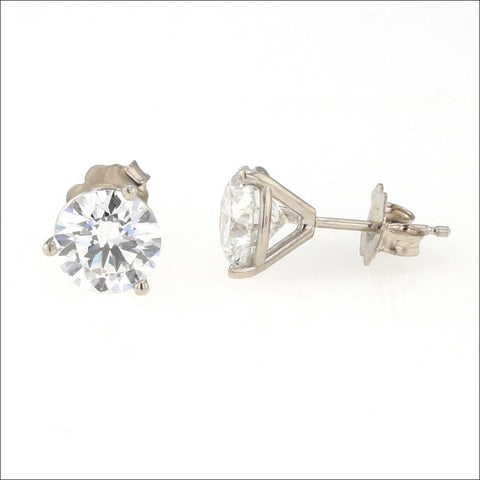
Lab-grown diamond studs created for a Jewelsmith client
Q: What’s the difference between lab-grown diamonds and natural diamonds?
A: The primary difference between lab-grown and natural diamonds is their origin. Natural diamonds formed under extreme heat and pressure deep inside the earth over hundreds of millions to billions of years ago (the “youngest” known diamond is estimated by the Gemological Institute of America to be 628 million years old).
Lab-grown diamonds are created in highly controlled environments using technology that imitates the conditions for diamond formation in the earth. Composed of mostly carbon—just like natural diamonds—lab-grown diamonds have the same physical and chemical properties as natural diamonds.
Lab-grown diamonds are different from CZ and moissanite, both of which are diamond imitations and do not share the same gemological properties as natural diamonds.
Another important difference between lab-grown and natural diamonds is their price. According to diamond industry analyst, Edahn Golan, lab-grown stones are currently priced around 78%-80% lower than natural diamonds. This drastic difference isn’t all that surprising; as a mass-produced product with a potentially endless supply, lab-grown diamonds lack natural diamond’s scarcity.
Widening this price gap is the plummeting cost of lab-grown diamond production: in the span of only a decade, the cost to produce a one-carat lab-grown diamond went from $4,000 to a mere $300. Given the ever-evolving nature of the technology use to create lab-grown diamonds, prices will likely continue to decrease over time.
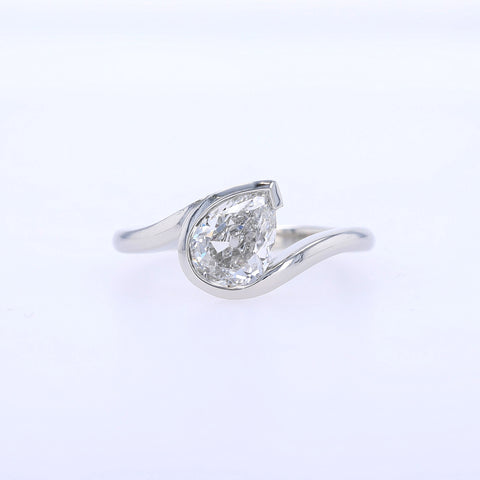
Jewelsmith ring featuring a natural, antique pear-shaped diamond
Q: Are lab-grown diamonds as strong as natural diamonds?
A: Yes. Because lab-grown diamonds and natural diamonds have the same physical and chemical properties, they have equal hardness and durability. They are well-suited for everyday wear in engagement rings and wedding bands. For gemstones other than diamonds that are durable enough for everyday wear, read our blog, 7 Things to Consider About Non-Diamond Engagement Rings.
Q: Do lab-grown diamonds look the same as natural diamonds?
A: Yes. Just as lab-grown diamonds are similar to natural diamonds in their make-up, they are essentially the same in appearance. Lab-grown diamonds display the same sparkly optical properties we love about diamonds: brightness, fire, and scintillation. Even the most experienced gemologists can’t tell the difference between the two gems without enhanced detection techniques or specific equipment.
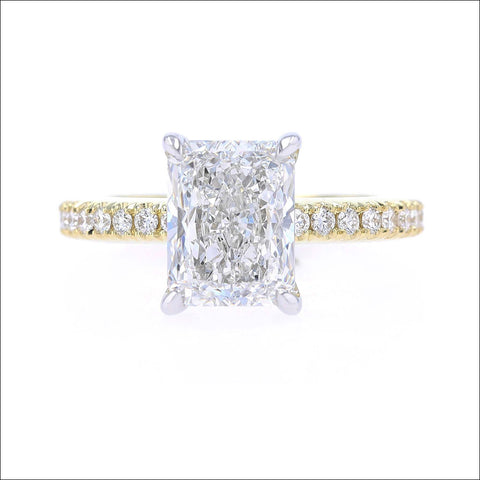
Lab-grown diamond engagement ring custom designed and created by Jewelsmith
Q: How can you tell the difference between lab-grown diamonds and natural diamonds?
A: The only conclusive way to tell the difference between lab-grown and natural diamonds is by using advanced detection technology or specialized microscopic equipment—or sending the gemstone to a reputable laboratory, such as the Gemological Institute of America. While there is no visual difference between natural and lab-grown diamonds to the untrained eye, lab-grown diamonds should not be considered identical to diamonds, as their vastly different origins lead to differences in their atomic structures.

Jewelsmith's Yehuda lab-grown diamond detector
At Jewelsmith, our gemologists use Yehuda’s Sherlock Holmes 4.0 lab-grown diamond detector to distinguish between lab-grown and natural diamonds. They have also been trained to use cross-polarizing filters under magnification to identify certain strain patterns in natural diamonds that can only be present if the diamond was formed in the earth.
Q: Are lab-grown diamonds eco-friendly?
A: Most lab-grown diamonds are not as good for the environment as their marketing suggests. While many lab-grown diamond retailers tout their products as “green” and “sustainable,” they rarely go into depth about how this sustainability is achieved, choosing instead to focus on the environmental impact of natural diamonds.
Rather than being created in the traditional white-coat laboratory environment implied by their name, lab-grown diamonds are made in large factories—mostly in China and India—using large machines that require round-the-clock energy, often (but not always) from fossil fuels and other non-renewable sources.
There are two methods used to create lab-grown diamonds:
HPHT: HPHT (High Pressure High Temperature), subjects carbon to tremendous amounts of energy to recreate the high pressure and high temperature conditions that form natural diamonds in the earth.
CVD: CDV stands for chemical vapor deposition. In the CVD process, a hydrocarbon gas mixture is exposed to more moderate pressures and temperatures in a vacuum chamber.
Jewelry writer, Rob Bates, quantified the specific energy output of each method for JCK magazine:
“One veteran grower gave JCK these numbers:
A single-stone HPHT press will use 175–225 kilowatt hours (kWh) per rough ct., which would end up around 650–1100 kWh per successful polished ct. A modern larger multistone cubic HPHT press will use 75–150 kWh per rough ct., which would end up around 350–700 kWh per successful polished ct. Cubic presses come in many sizes, and I would not be surprised if a converted industrial press uses twice that power with a lower success rate and polishing yield.
[A CVD producer] told me [it used] around 60–120 kWh per rough ct. and 1,000–1,700 kWh per polished ct. There is more unused rough from CVD since they are cube shape, which is why those ratios are higher.”
*Note: A kilowatt hour measures the amount of energy required to run a device for one hour. Most HPHT growers use about 750 kWh to create a diamond. That is roughly equivalent to the amount of electricity used to power a U.S. household for 26.1 days.
While it seems that there is no 100% eco-friendly option—for either lab-grown or natural diamonds—there is hope. As diamond-synthesis technology continues to evolve, more manufacturers are moving toward entirely renewable energy sources, such as solar power. Adding to the pressure for truly green methods, the US Federal Trade Commission recently threatened sanctions for lab-grown diamond manufacturers who are unable to substantiate their eco-conscious claims, forcing firms to be more transparent about their production methods.
And though gemstone mining certainly disrupts the environment, the natural diamond mining industry is also making significant efforts to reduce its carbon footprint. De Beers, the world’s oldest diamond mining company, announced that its mining operations will be carbon neutral by 2030. [Update Dec 2025: the original link cited here is no longer available. The De Beers website has a new statement about their sustainability strategy.] And, in the spirit of leaving things better than they found them, many reputable miners are putting in the work to restore the land once mining is complete.
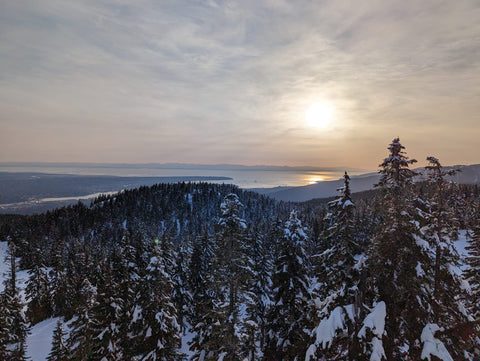
Canadian mountains. Photo credit @morriswai
Q: Which is more ethical—lab-grown or natural diamonds?
A: There is no succinct or definitive answer to this question, and much can be said on the topic, but we will do our best briefly address it here. The natural diamond market has an undeniably tragic history of “conflict diamonds,” a term that refers to diamond rough used to finance wars. However, global efforts have been made in recent years to ensure ethical mining practices.
In 2003, the United Nations General Assembly passed the Kimberly Process Certification Scheme, an initiative to prevent conflict diamonds from entering mainstream gemstone markets. The Kimberly Process achieves this by only allowing rough diamonds with KP certificates to be legally traded and only allowing Kimberly Process-compliant countries to participate in the international diamond trade.
While the lab-grown diamond industry does not have a legacy of conflict diamonds, it is difficult to get an accurate idea of working conditions in lab-grown diamond facilities—particularly in India and China. Because of the many variables at play in each facility, we are unable to conclusively declare one industry more ethical than the other.
One thing we can say with confidence is that Jewelsmith is committed to upholding ethical and fair-trade practices in sourcing gemstones. We only source natural diamonds from reputable Kimberly Process members. We also offer diamonds from Canada, where they pay workers fair wages, support mining communities, and uphold high environmental standards. And, we encourage our clients to reuse diamonds from vintage or lesser-worn pieces of jewelry! We love recycling and making over jewelry as part of our custom jewelry projects.

We used a client's older rings to create something new!
Q: Does Jewelsmith carry lab-grown diamonds?
A: Jewelsmith does not carry lab-grown diamonds and our stock pieces are set with natural gemstones. Here are some of the reasons why:
Wonders of nature: Natural diamonds are geological marvels. We mentioned earlier that diamonds are at least hundreds of millions of years old—and most are older than a billion years. If that isn’t spectacular enough, it’s also worth noting that diamonds were brought to the earth’s surface via explosions of ancient underground volcanoes. We must say: wearing a prehistoric gemstone is pretty cool!
A rich history: Natural diamonds have transfixed humans for centuries. Sparkling and romantic, diamonds have long been synonymous with luxury and everlasting love. What’s more, many diamonds have been passed down through generations, making them precious and irreplaceable heirlooms. This, along with sustainability, is one of the many reasons we specialize in remaking jewelry with previously loved gems and metal at Jewelsmith!

Another jewelry makeover at Jewelsmith
Finite and rare: Unlike mass-produced lab-grown diamonds, natural diamonds are only available in short supply--made scarcer by the fact that no new diamond deposits have been discovered in the last thirty years. Because they are both dazzling and rare, natural diamonds hold their value longer than lab-grown diamonds. In an already over-saturated market, lab-grown diamonds will likely continue to decrease in value.
Supporting mining communities: Only sourcing natural diamonds from creditable Kimberly Process members, Jewelsmith is proud to support mining communities around the world. An estimated 10 million people receive income from the diamond mining industry, and in many countries diamond mining makes up a significant portion of the GDP.
Something real: For many, nothing feels as good as having the real deal. An imitation can be nice—especially one with the same optical properties—but there’s something special about wearing an authentic, billion-year-old treasure that we just can’t resist here at Jewelsmith.
The American Gem Trade Association decision: Just a couple weeks ago, the AGTA announced that they have banned lab-grown gemstones from their 2025 trade shows, stating that they would instead focus on “naturally occurring minerals.” However, the board of directors did note that they would still allow AGTA dealers to sell synthetic gems outside of shows, provided that the proper disclosures were made. Of the decision, AGTA Board President, Kimberly Collins, said, “AGTA dealers pride themselves in sourcing superior gems that are rare, beautiful, and natural.”
Jewelsmith President and Manager, Kristine Wylie, weighed in on the ban as it relates to our own decision not to carry lab-grown gemstones: "As we are AGTA members, we align ourselves with the same thought. While we want our clients to have a choice in customizing their jewelry and will source their desires to the best of our ability, we only carry or create jewelry designs using naturally occurring material, including natural diamonds. We pride ourselves in being able to source and create the exceptional and rare, and share a love of geological wonders and history. Natural diamonds embody those sentiments. Jewelsmith has spent decades cultivating relationships with gemstone suppliers that value responsibly sourced gems so we can feel confident about the gems we sell."
Collector’s perspective: For jewelry lovers looking to curate their collection or preserve family heirlooms, only natural diamonds carry a legacy spanning billions of years. Lab-grown diamonds lack significant heritage due to their expedited growth process, which only takes a few weeks to complete.
With all this said, if you think a lab-grown diamond is right for you, we will gladly source one perfect for your piece. With a no-pressure sales and design approach, we want you to be able to choose exactly how you customize your jewelry. We believe that everyone should feel fabulous in their jewels, and we’re here to make your jewelry dreams come true—with any gemstone you choose.
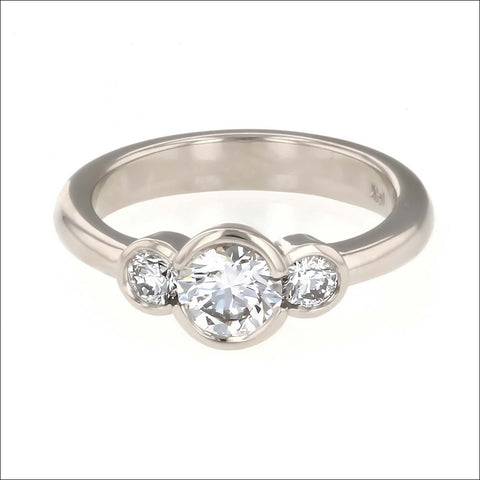
Custom lab-diamond ring created by Jewelsmith
About the author:
Erin Riggins-Hartlaub


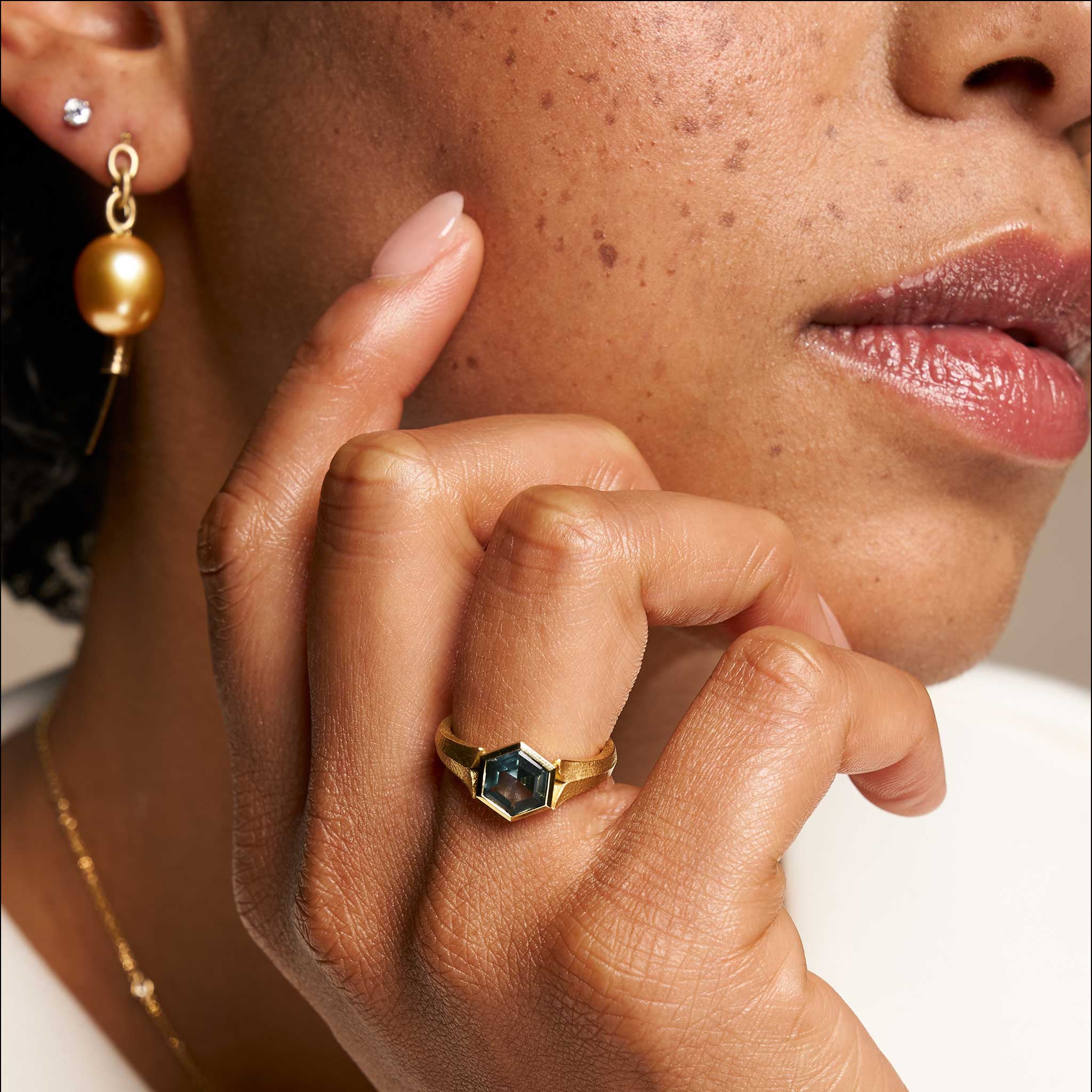
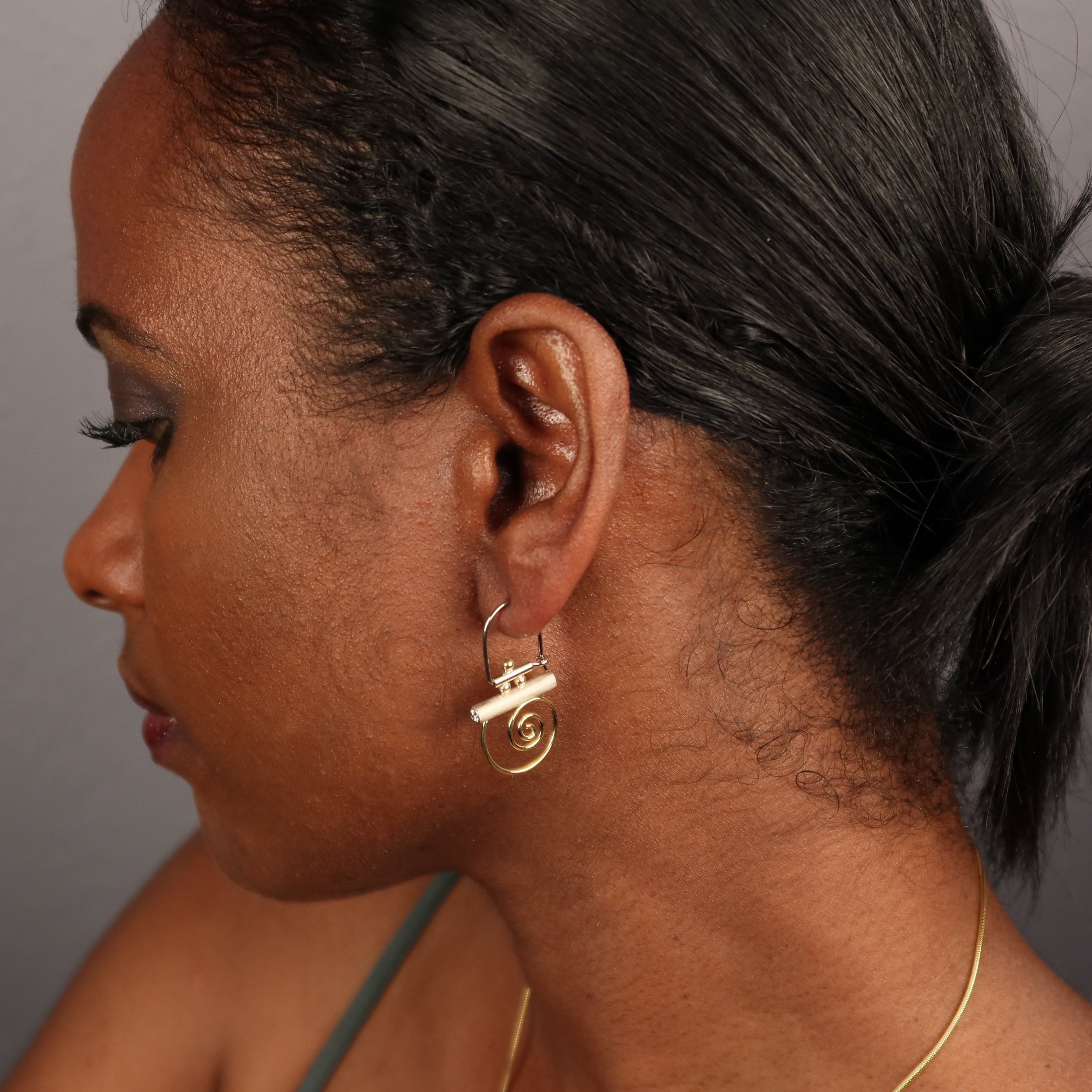
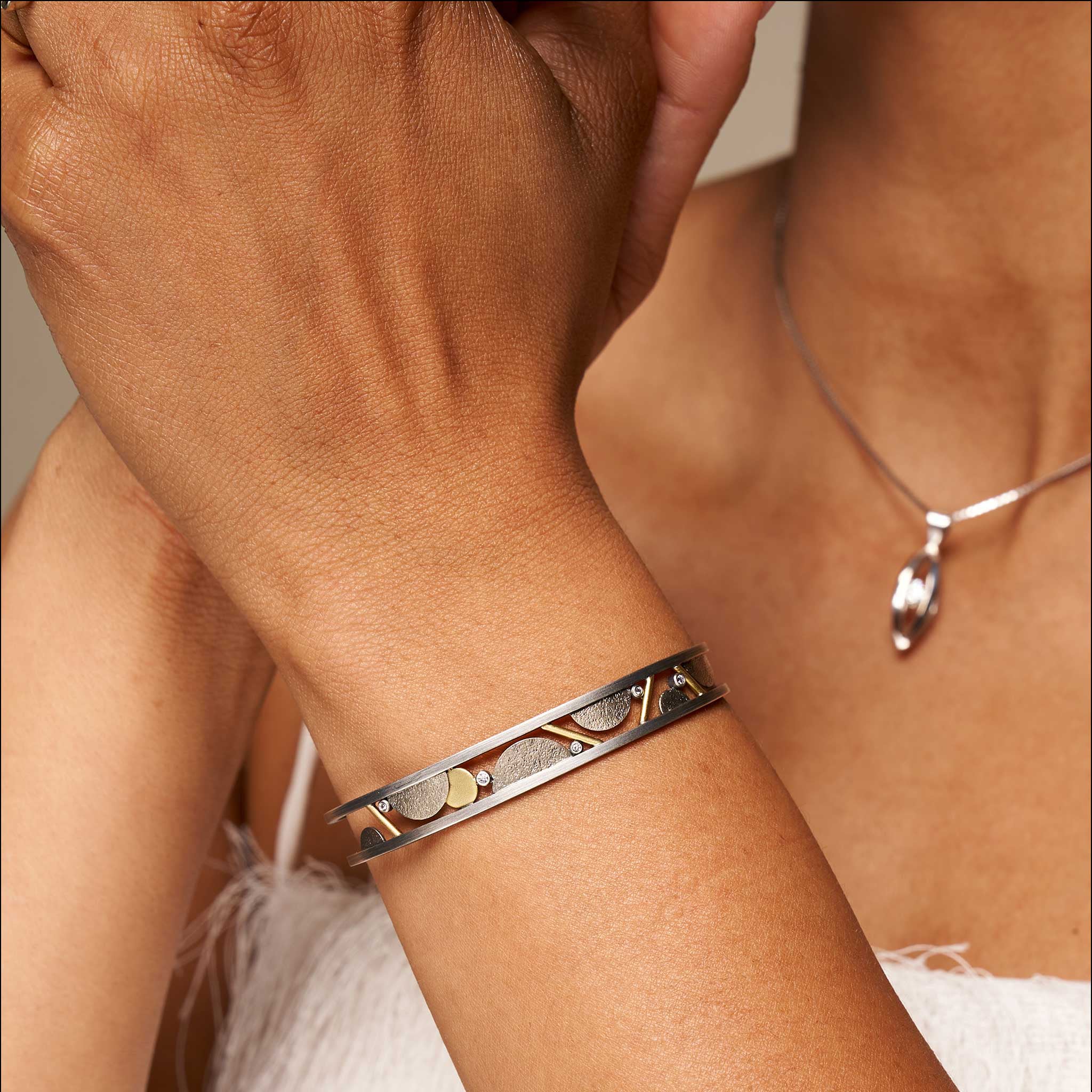

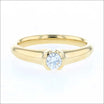
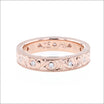
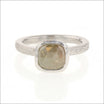


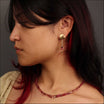

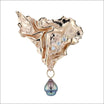
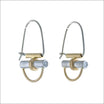
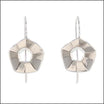
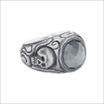
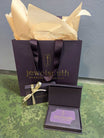

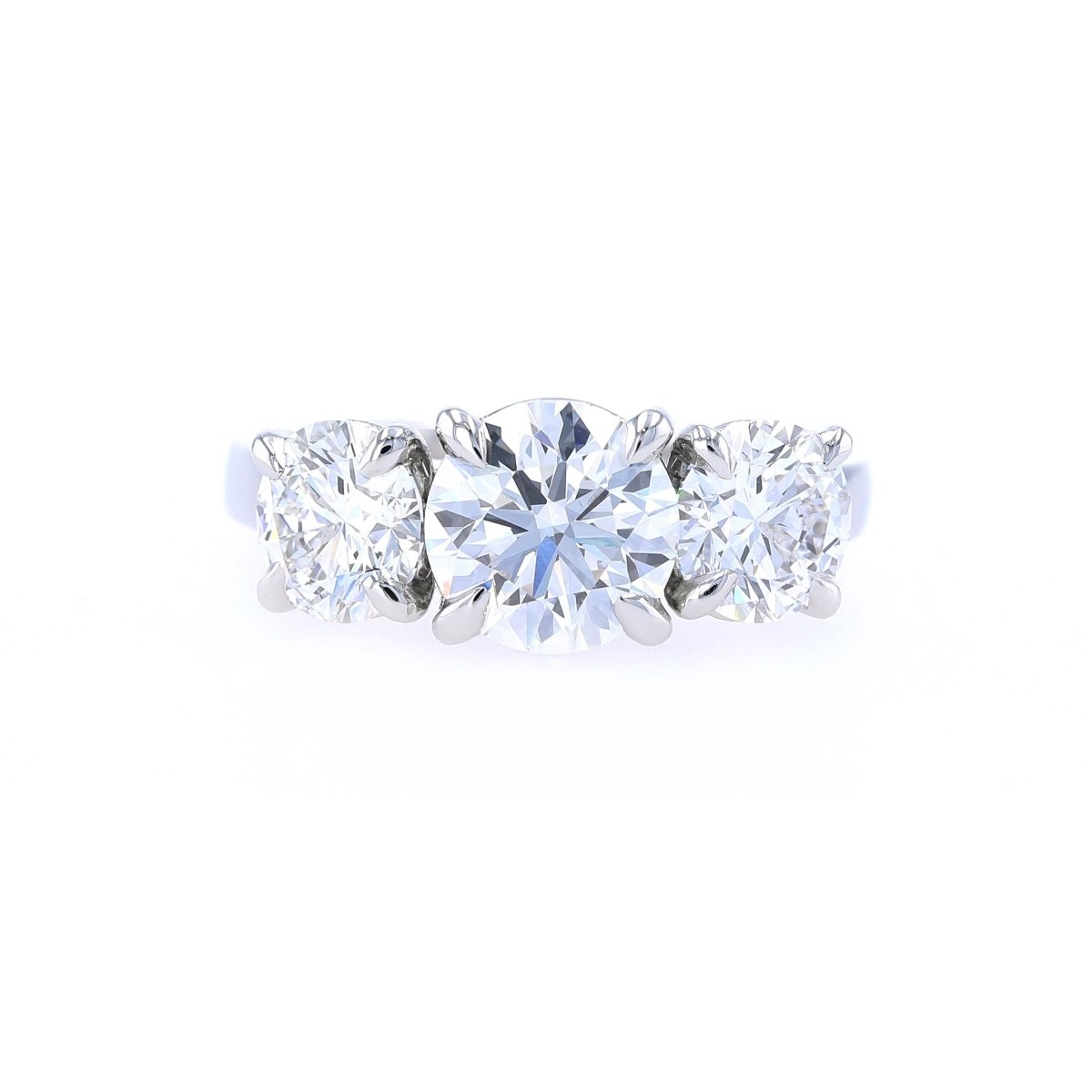
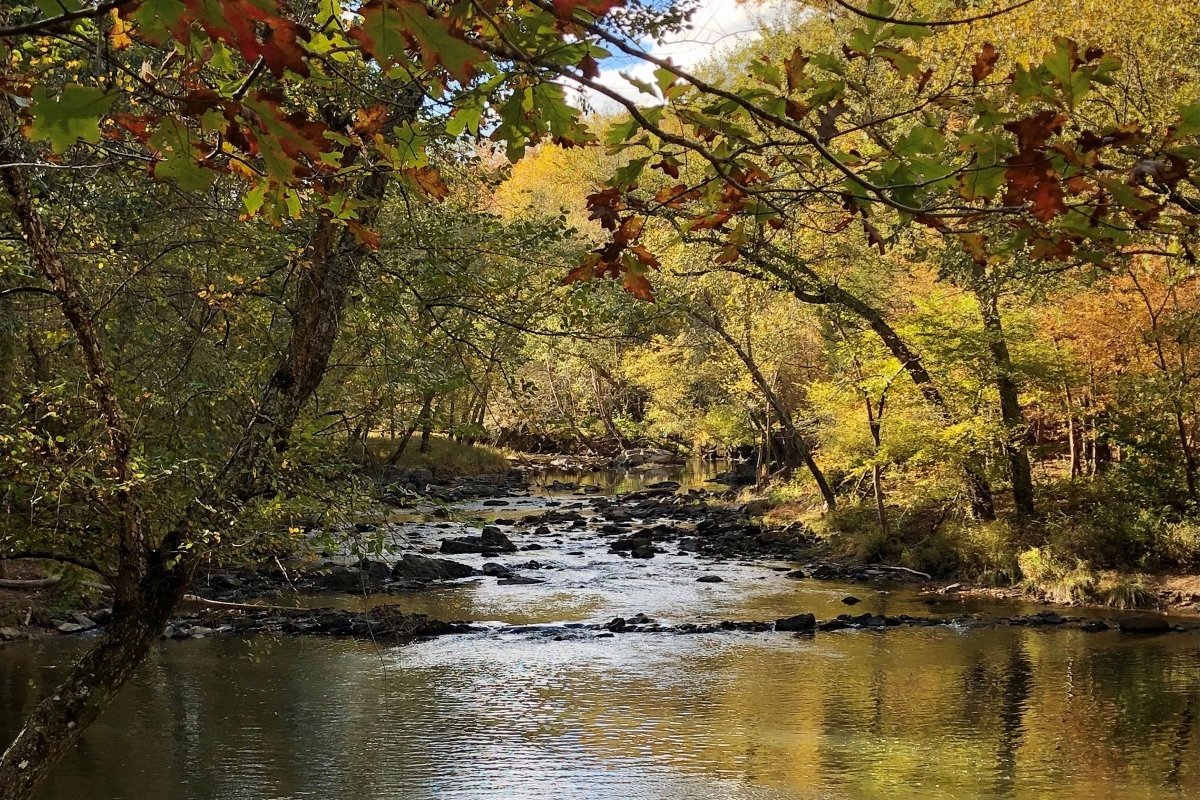



Leave a comment
All comments are moderated before being published.
This site is protected by hCaptcha and the hCaptcha Privacy Policy and Terms of Service apply.